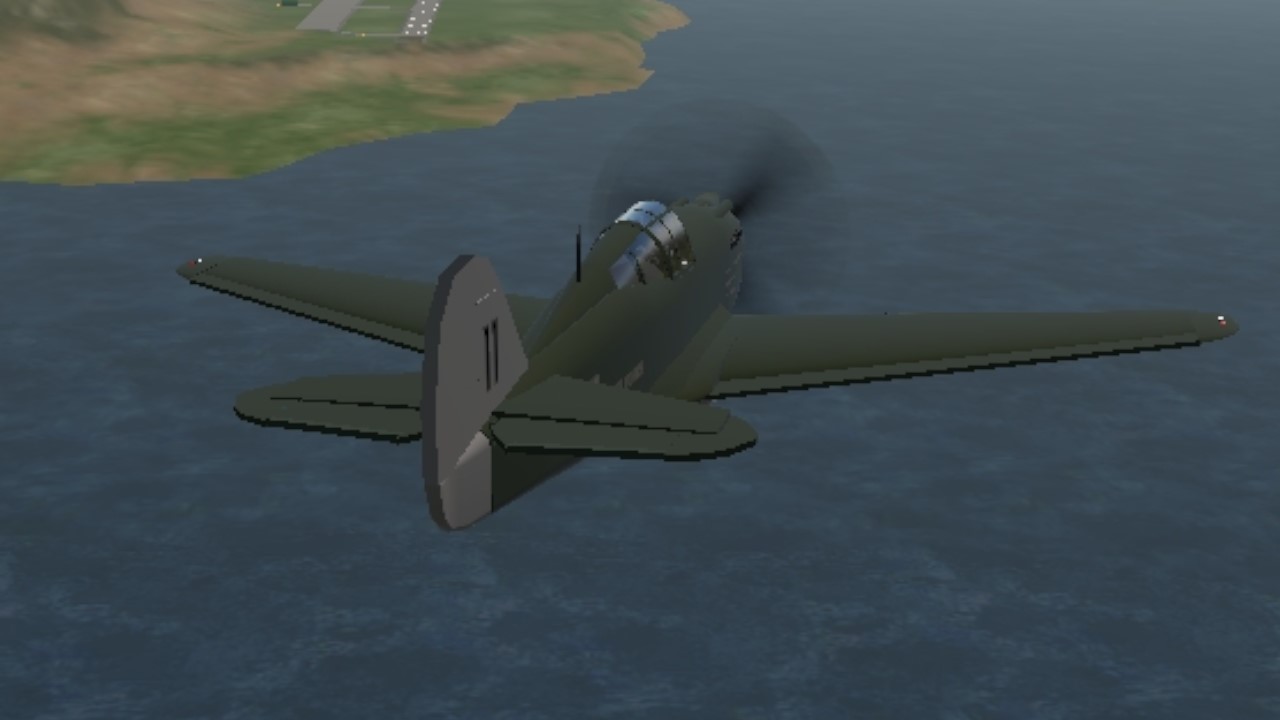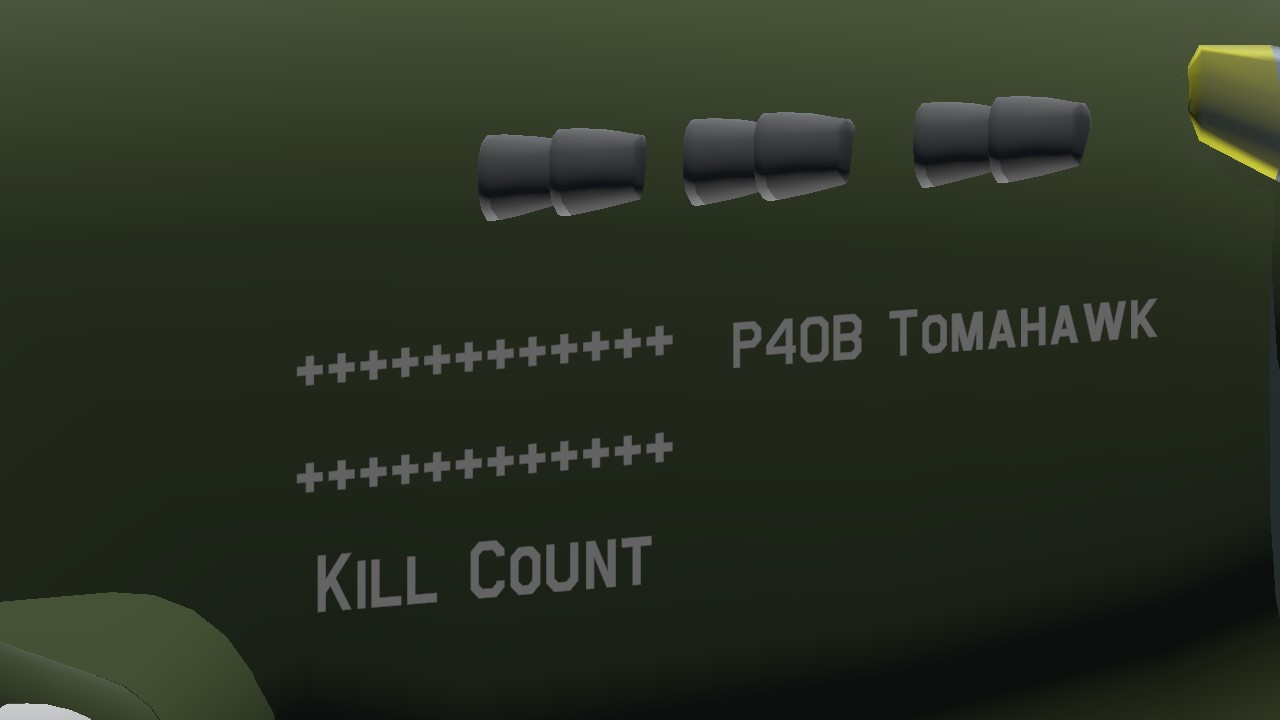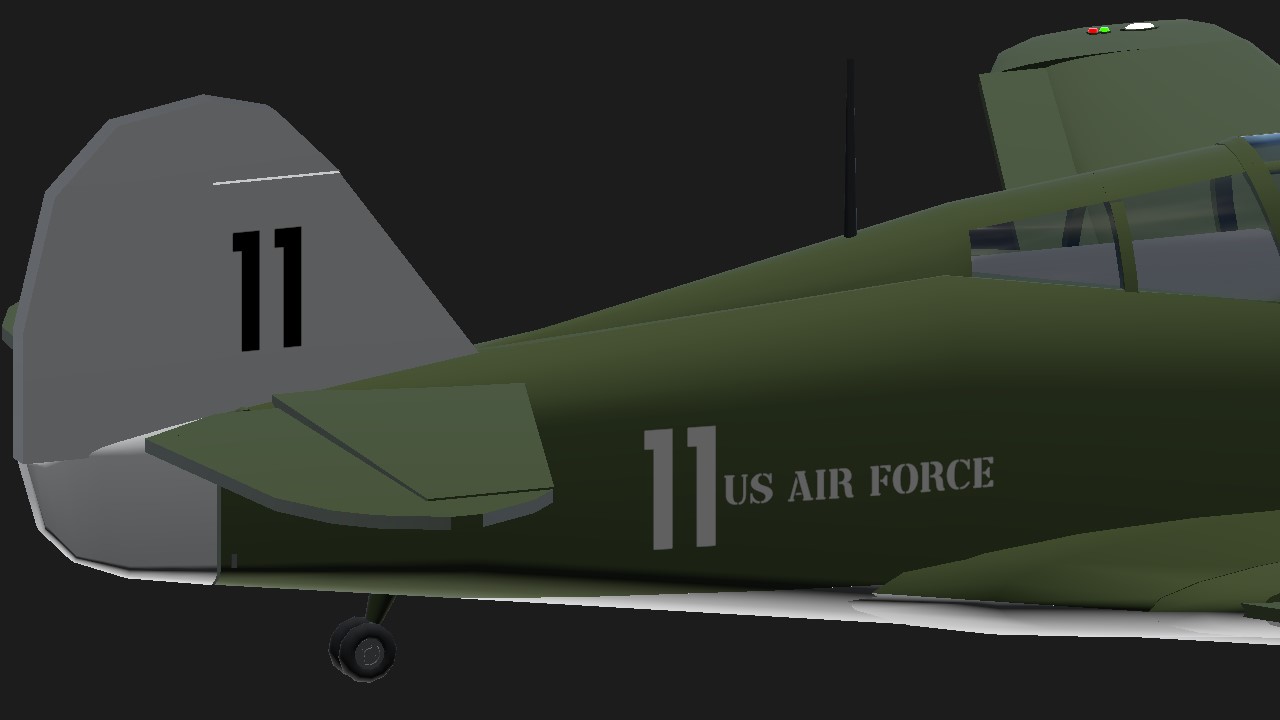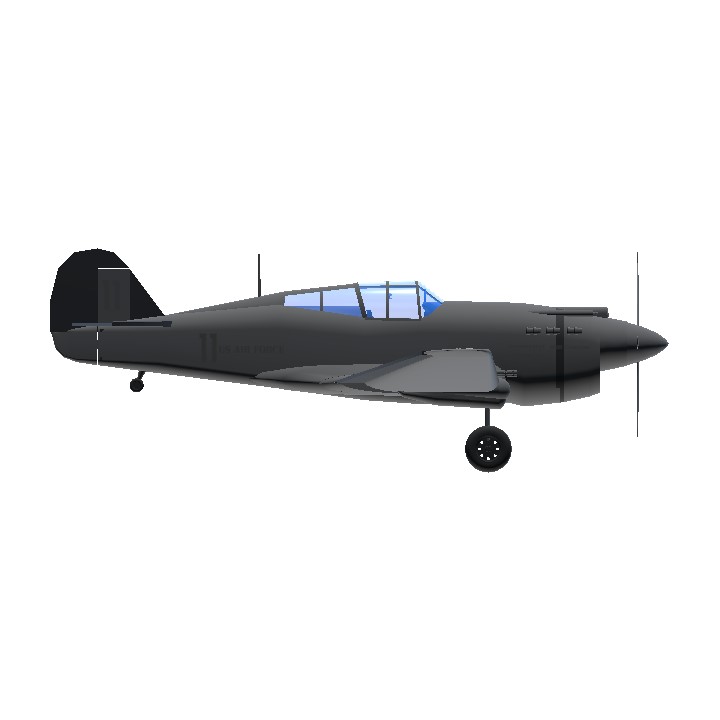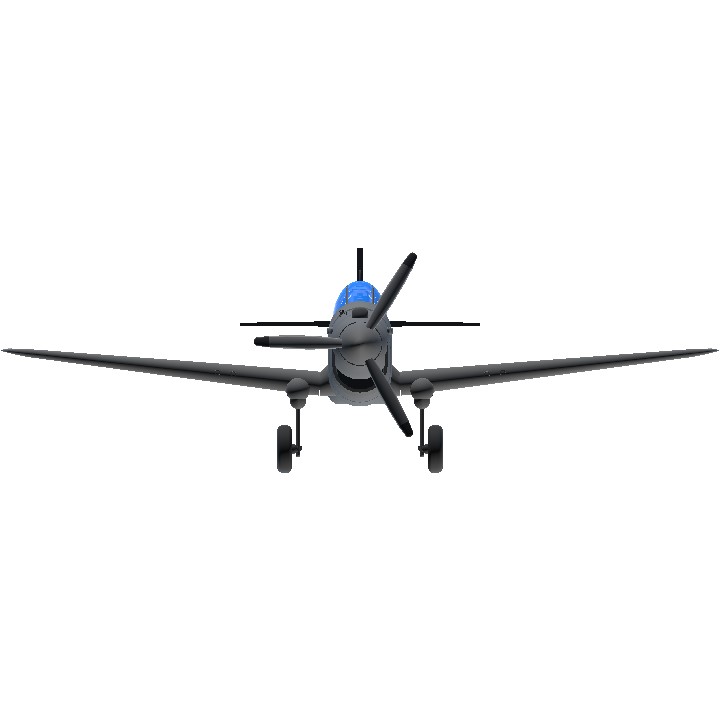The Curtiss P-40B Tomahawk (known as the P-40 Warhawk in U.S. service) was an American single-engined, single-seat, all-metal fighter and ground-attack aircraft. It was developed by the Curtiss-Wright Corporation and first flew as a prototype in 1938, entering service in the early years of World War II.
Key features and history:
Role: Primarily a fighter aircraft, although later variants were also used effectively for ground-attack missions (fighter-bomber).
Users: It was a critical aircraft for Allied forces in the early part of the war, serving with the United States Army Air Forces (USAAF), the British Royal Air Force (RAF), and air forces of other British Commonwealth nations (Australia, New Zealand, Canada, South Africa), and the Soviet Union.
Notable Service: The P-40B model was famously used by the American Volunteer Group (AVG), better known as the "Flying Tigers", in China, where their aircraft were known for the distinctive "shark mouth" nose art.
Characteristics: The P-40 was known for its ruggedness and durability, enabling it to withstand considerable combat damage. It performed well at low and medium altitudes but was less effective in high-altitude combat compared to German fighters like the Bf 109 due to the lack of a two-speed supercharger on early models.
Armament: The P-40B typically featured two .50-caliber machine guns mounted in the nose cowl and two .30-caliber machine guns in the wings.
In short, the P-40B Tomahawk is a specific model of a famous World War II fighter plane.
The instruction is already listed
Specifications
General Characteristics
- Created On Android
- Wingspan 37.1ft (11.3m)
- Length 31.9ft (9.7m)
- Height 11.6ft (3.5m)
- Empty Weight 7,732lbs (3,507kg)
- Loaded Weight 9,327lbs (4,230kg)
Performance
- Horse Power/Weight Ratio 6.468
- Wing Loading 24.3lbs/ft2 (118.7kg/m2)
- Wing Area 383.8ft2 (35.7m2)
- Drag Points 4565
Parts
- Number of Parts 210
- Control Surfaces 6
- Performance Cost 888

